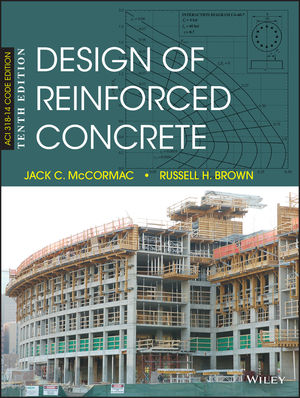This book is one of the finest I have ever read. To write a foreword for. it is an honor, difficult to accept. Everyone knows that architects and master masons, long before there were mathematical theories, erected structures of astonishing originality, strength, and beauty.
- An Introduction to Structural Mechanics for Architects. The book starts with cable structures and stone arches, followed by trusses and, finally, frame structures made of beams. For every typology, the latest, state-of-the-art theory in the field is introduced in a very didactic way.
- Structural Mechanics. Structural mechanics is the computation of deformations, deflections, and internal forces or stresses (stress equivalents) within structures, either for design or for performance evaluation of existing structures. It is one subset of structural analysis. Structural mechanics analysis needs input data such as structural loads.
Many of these still stand. Were it not for our now acid atmosphere, we could expect them to stand for centuries more. We admire early architects' visible success in the distribution and balance of thrusts, and we presume that master masons had rules, perhaps held secret, that enabled them to turn architects' bold designs into reality. Everyone knows that rational theories of strength and elasticity, created centuries later, were influenced by the wondrous buildings that men of the sixteenth, seventeenth, and eighteenth centuries saw daily. Theorists know that when, at last, theories began to appear, architects distrusted them, partly because they often disregarded details of importance in actual construction, partly because nobody but a mathematician could understand the aim and func- tion of a mathematical theory designed to represent an aspect of nature.
Structural Mechanics Book
This book is the first to show how statics, strength of materials, and elasticity grew alongside existing architecture with its millenial traditions, its host of successes, its ever-renewing styles, and its numerous problems of maintenance and repair. In connection with studies toward repair of the dome of St. Peter's by Poleni in 1743, on p.

Ancient architects had to be mathematicians because architecture was part of mathematics. Using math and design principles, they built pyramids and other structures that stand today. Because angles are an intricate part of nature, sines, cosines and tangents are a few of the trigonometry functions ancient and modern architects use in their work. Surveyors also use trigonometry to examine land and determine its boundaries and size.
This textbook offers an introductory course to structural mechanics for architects, including problems and solutions. It follows a completely different approach to structural mechanics than the usual books for engineering schools, making it much more attractive for architecture students and practitioners.
Although surveyors perform this task, architects may rely on surveys when designing structures. One of the most common architectural uses for trigonometry is determining a structure's height. For example, architects can use the tangent function to compute a building's height if they know their distance from the structure and the angle between their eyes and the building's top; clinometers can help you measure those angles.
This site is a Google powered search engine that queries Google to show PDF search results.pdf-book-search.com is a custom search engine powered by Google for searching pdf files. All search results are from google search results. These books contain exercises and tutorials to improve your practical skills, at all levels!You can download PDF versions of the user's guide, manuals and ebooks about model 456 overhead door manual, you can also find and download for free A free online manual (notices) with beginner and intermediate, Downloads Documentation, You can download PDF files about model 456 overhead door manual for free, but please respect copyrighted ebooks.To find more books about model 456 overhead door manual, you can use related keywords:Similar Books to model 456 overhead door manual. Overhead door model 456 manual. Copyright Disclaimer:All books are the property of their respective owners.pdf-book-search.com does not host pdf files, does not store any files on its server, all document are the property of their respective owners. Please respect the publisher and the author for their creations if their books are copyrighted.
These are old devices, but newer ones use digital technology to provide more accurate readings. You can also compute a structure's distance if you know a clinometer angle and the structure's height.
Basic Structural Theory. Designing structures that can handle load forces applied to them is important for architects.
They often use trusses in their design to transfer a structure's load forces to some form of support. A truss is like a beam but lighter and more efficient. You can use trigonometry and vectors to that are at work in trusses. An architect may need to determine stresses at all points in a truss with its diagonal members at a certain angle and known loads attached to different parts of it. Modern Architects and Technology. Examine a modern city's skyline and you'll probably see a variety of aesthetically pleasing and sometimes unusual buildings.
In addition to trigonometry, architects use calculus, geometry and other forms of math to design their creations. Structures not only have to be sound but also must satisfy building regulations. Armed with high-speed computers and sophisticated computer-aided design tools, modern architects harness the full power of mathematics.


Unlike ancient architectural wizards, today's architects can create virtual models of projects and tweak them as necessary to create fascinating structures that command attention.